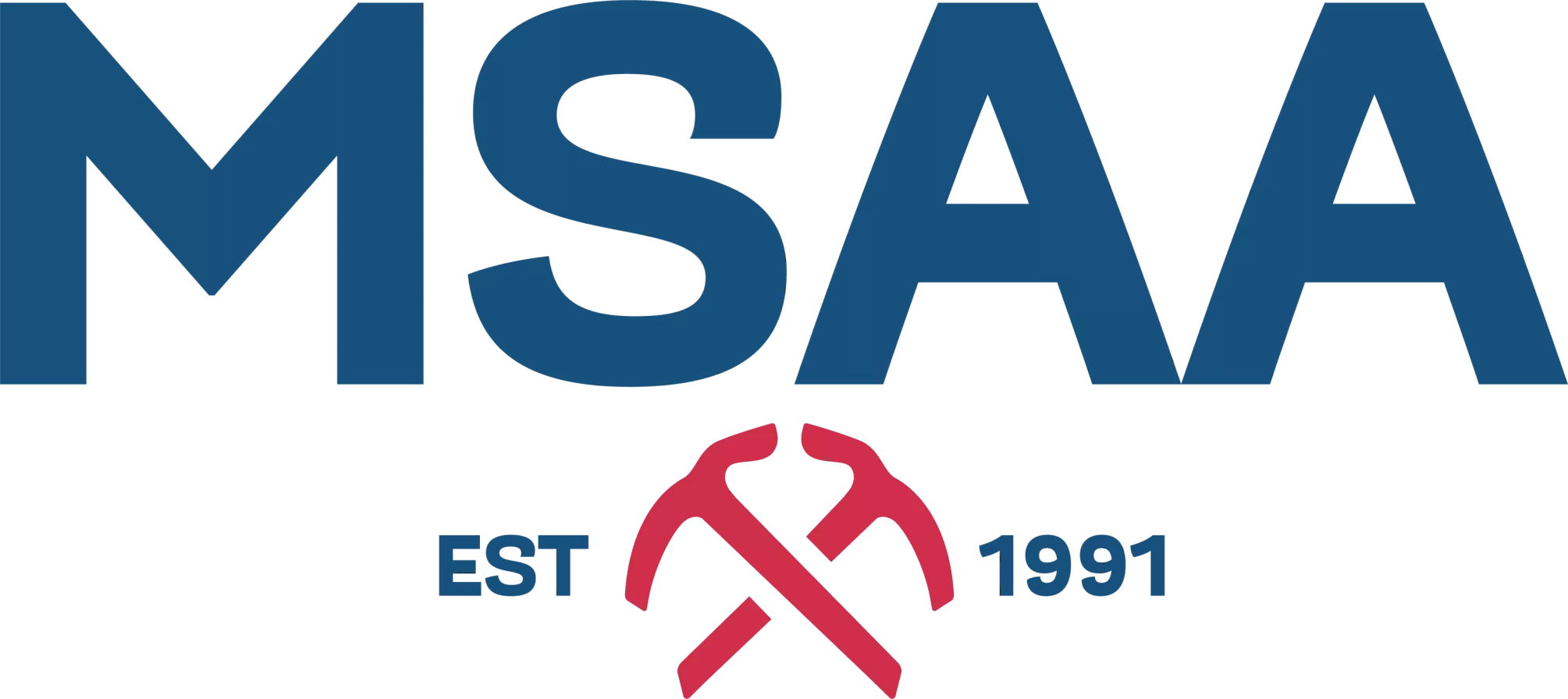If you’re a frequent visitor to the Whistler backcountry, or any backcountry skiing area in British Columbia for that matter, you’ve probably heard about the Spearhead Huts Project. For those not familiar, the Spearhead Traverse is a horseshoe-shaped 35km route over 13 glaciers in Garibaldi Provincial Park adjacent to Whistler Blackcomb. The only structure that currently exists on the traverse is the Himmelsbach Hut on the edge of Russet Lake, built in the ’60s and in dire need of replacement.
The Spearhead Huts Project (which has its annual Soiree fundraiser on November 22 in North Vancouver) not only aims to build a new backcountry hut at the Russet Lake site, but will link it with two additional huts throughout the Spearhead Traverse. One at Mt Pattison (closer to the Blackcomb Mountain boundary) and one on the Macbeth Glacier. As frequent travelers in the Spearhead Range ourselves, we at Mountain Skills Academy & Adventures think the Spearhead Huts will be great for not only the ski touring community, but Whistler and the Sea to Sky as a whole. Here’s 5 reasons why.

1. Travel Lighter, Ski Further
The best thing about backcountry huts is they allow multiple days of skiing without having to winter camp. Sleeping under the stars on a glacier is a romantic notion, but in reality it’s a cold, uncomfortable affair that requires a lot of gear. When flopping at a backcountry hut, the only extra stuff you need in the backpack is your sleeping bag and your food. Waking up to climb mountains is a lot easier from a warm hut than a cold tent, allowing you to spend more time and energy on the important stuff. Like skiing powder. The strategic placement of these three Spearhead Huts will allow backcountry enthusiasts to ski so much more of the world class terrain in the Spearhead and Fitzsimmons Ranges and allow easier access to the neighbouring McBride Range.

2. A Better Way to Manage Environmental Impact
Every year, an estimated 4,000 people travel around the Spearhead Traverse. With no human waste management currently in place, that equates to a lot off pee and poop entering the glacier watersheds. Each hut will be fitted with vermiculture (worm) compost toilets that function well below freezing temperatures and grey water will be treated in carefully located septic fields away from other water sources. Power will be generated by solar panels and/or micro-hydro electric generators.

3. Access for All
All three huts will have an online reservation system through the Alpine Club of Canada, which manages other huts throughout the Sea to Sky Corridor such as the Wendy Thompson Hut in Marriott Basin and the Jim Harberl Hut in the Tantalus Range. These structures won’t be the fully catered, semi-luxury private backcountry accommodations found in commercial tenures, but modest yet comfortable self catered huts that will stay affordable. Guided groups will occupy the huts from time to time, but with 30-40 beds planned for each hut, there should be plenty of room for small parties.

4. A Backcountry Safety Net
While backcountry travelers need to always respect the wilderness of the Spearhead Traverse, sometimes things can (and will) go wrong. Whether it’s a torn knee ligament from a fall or good old coastal BC weather rolling in and leaving your group stuck in a whiteout, having a hut to retreat to will make the Spearhead Traverse a safer place to travel. The proponents of the Spearhead Huts Project do realize that a world class backcountry hut system will attract more people, but they also have plans to educate those people about the route before they even set foot in Whistler. An example is having a mandatory online orientation and preparedness quiz before bookings are confirmed.

5. Spearhead Huts is Another Draw for the Coast Mountains
There are very few backcountry hut systems in the world that traverse such grand mountains as we have here in the C0ast Range. The closest in Canada is the Wapta Icefields Traverse in Alberta’s Yoho National Park. The Spearhead Traverse could rival any of the grand traverses in the European Alps such as the Haute Route between Chamonix and Zermatt. Whistler already has the highest ranked ski resort in North America and its surrounding backcountry deserves equal praise.
We could see the first of the Spearhead Huts built as soon as fall of winter 2017, but a monumental amount of fund raising is still required before the remaining two huts can start construction. Mountain Skills Academy frequently guides Backcountry Freeride trips into the Spearhead Range and also use it as a venue for our Avalanche Skills Training (AST) courses, so we couldn’t be more excited to see the Spearhead Huts Project come to fruition.
